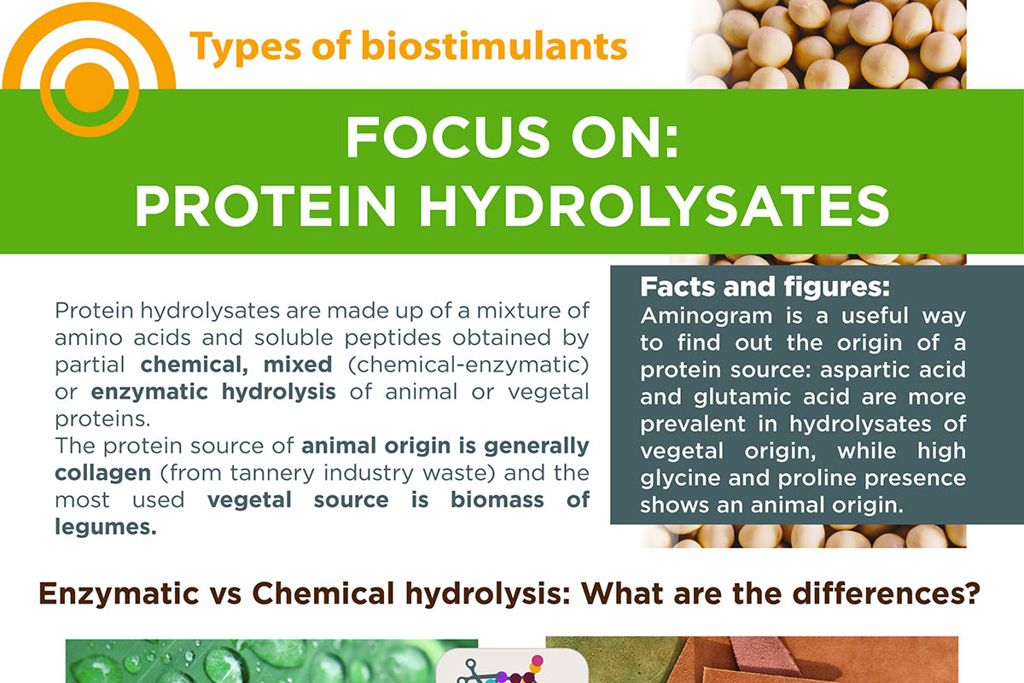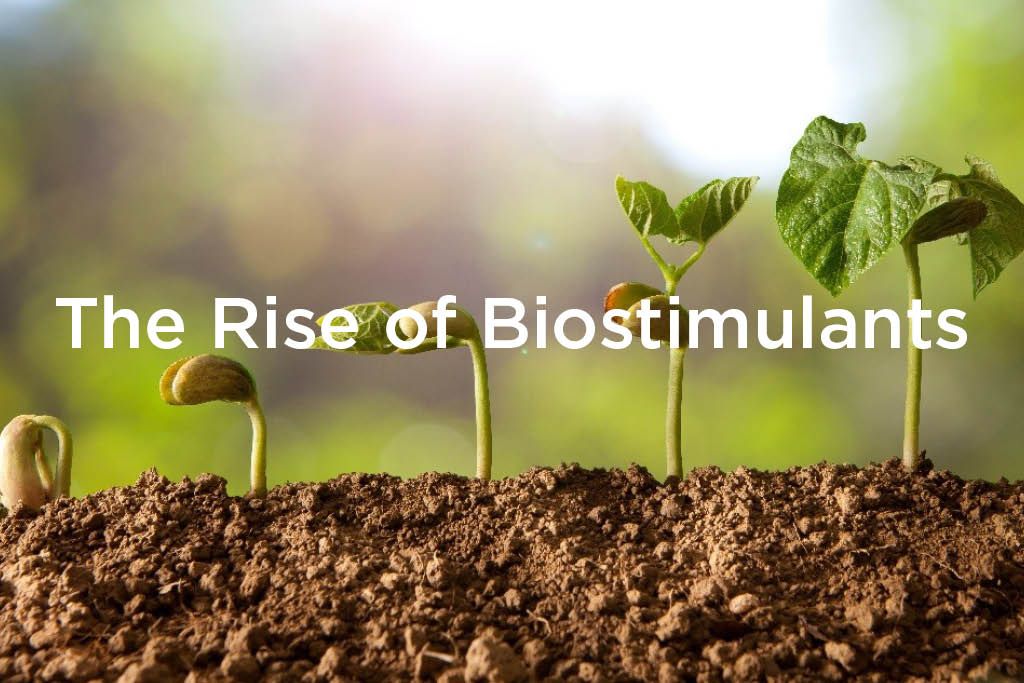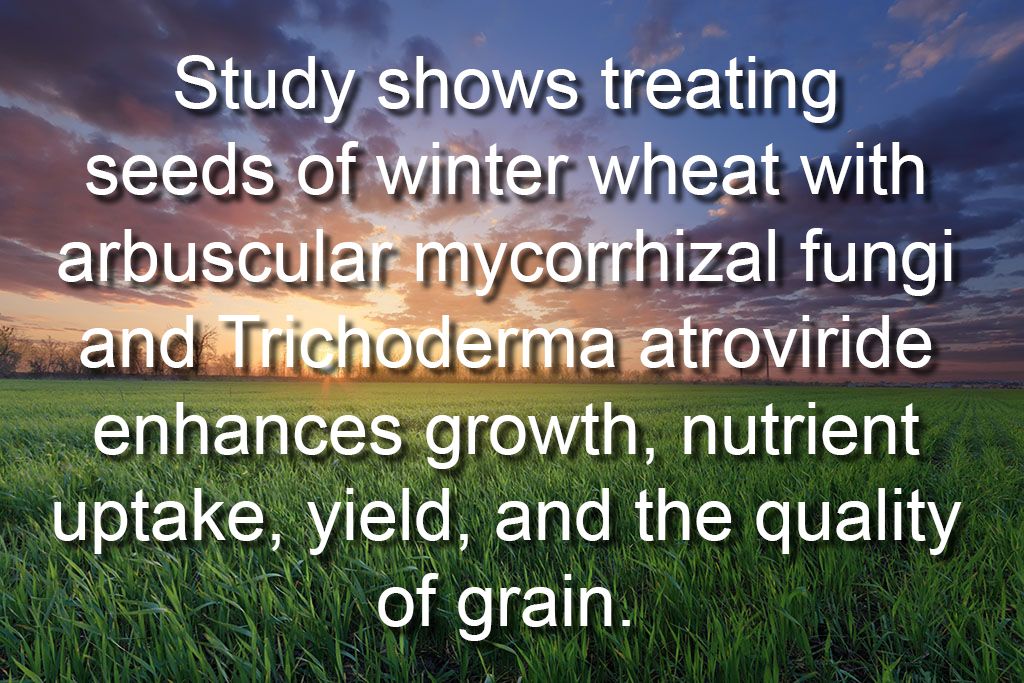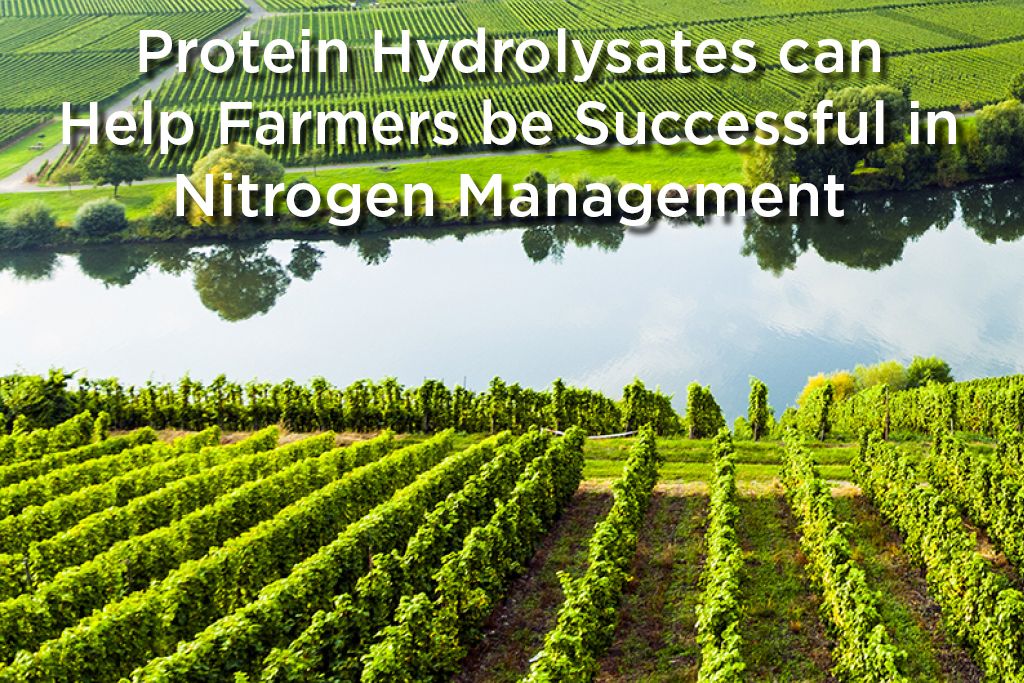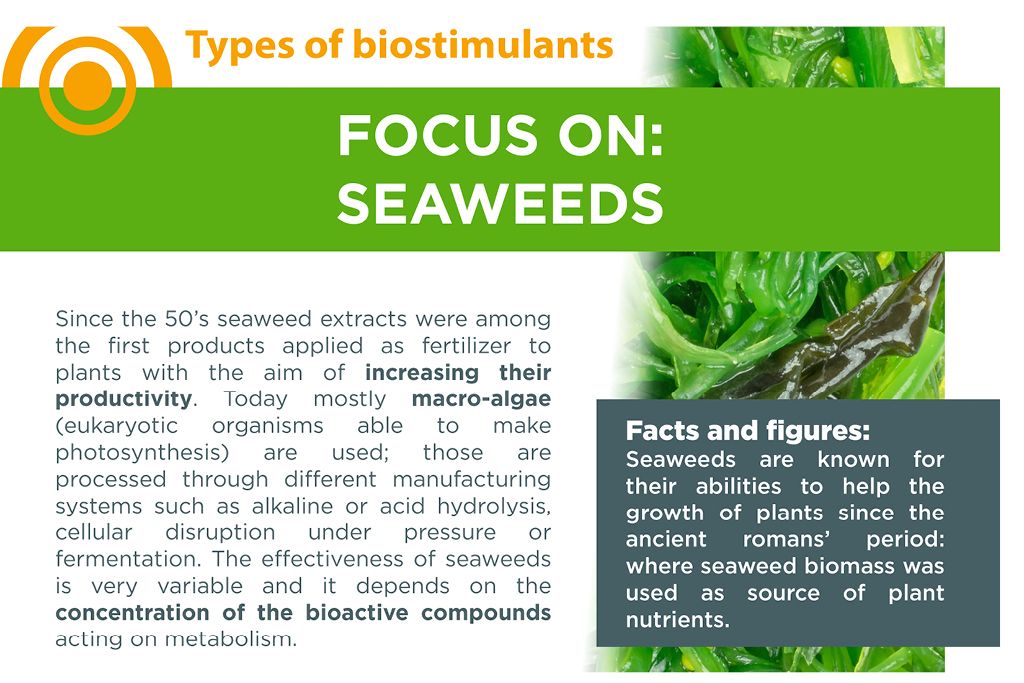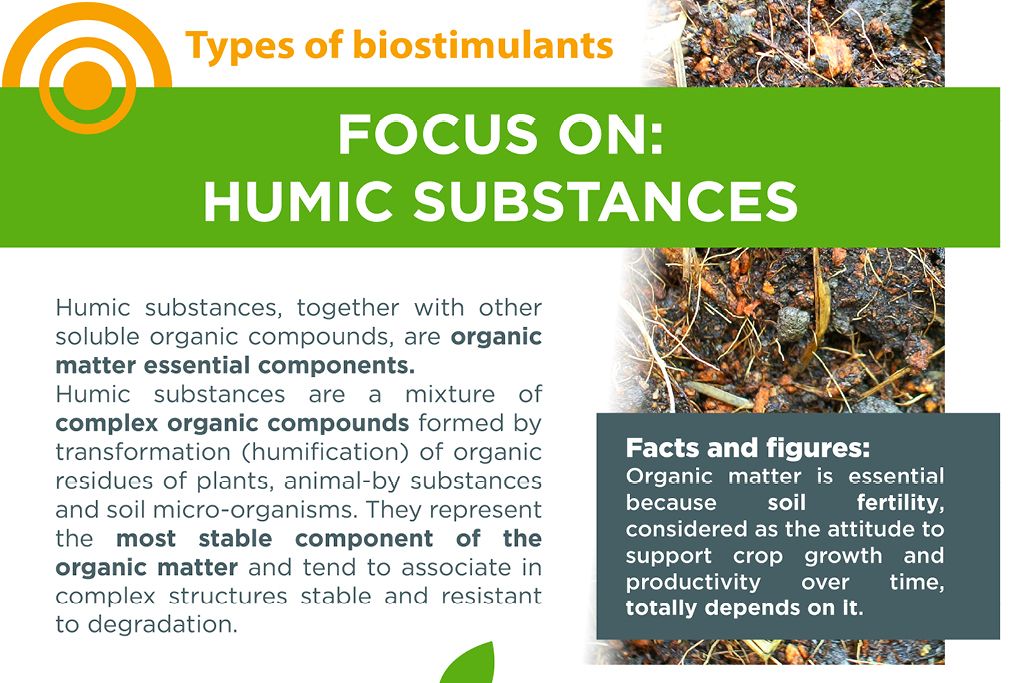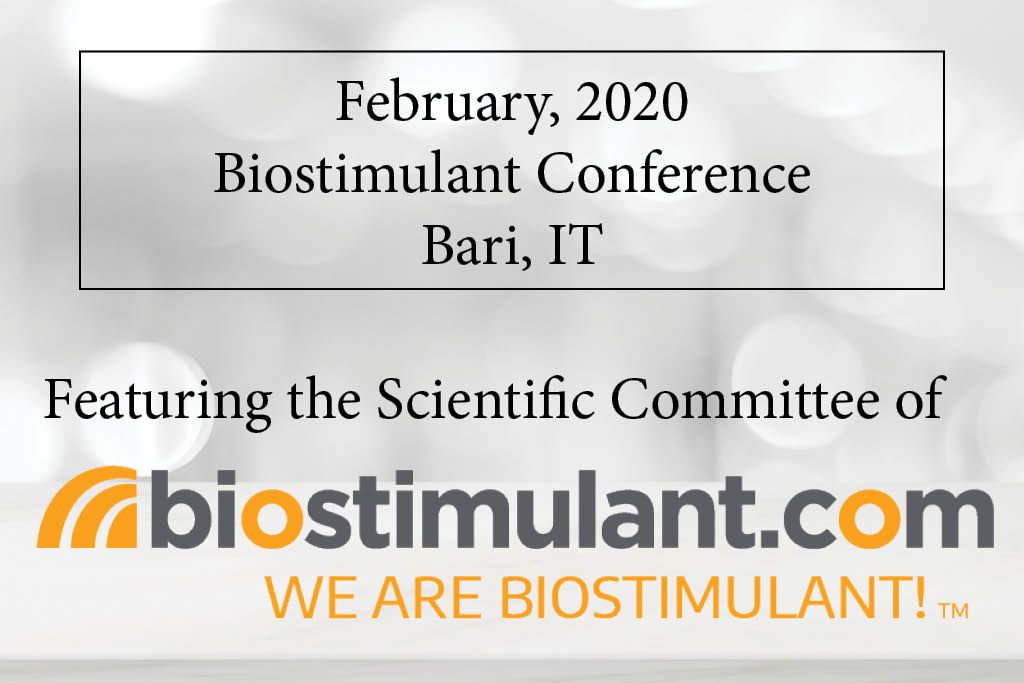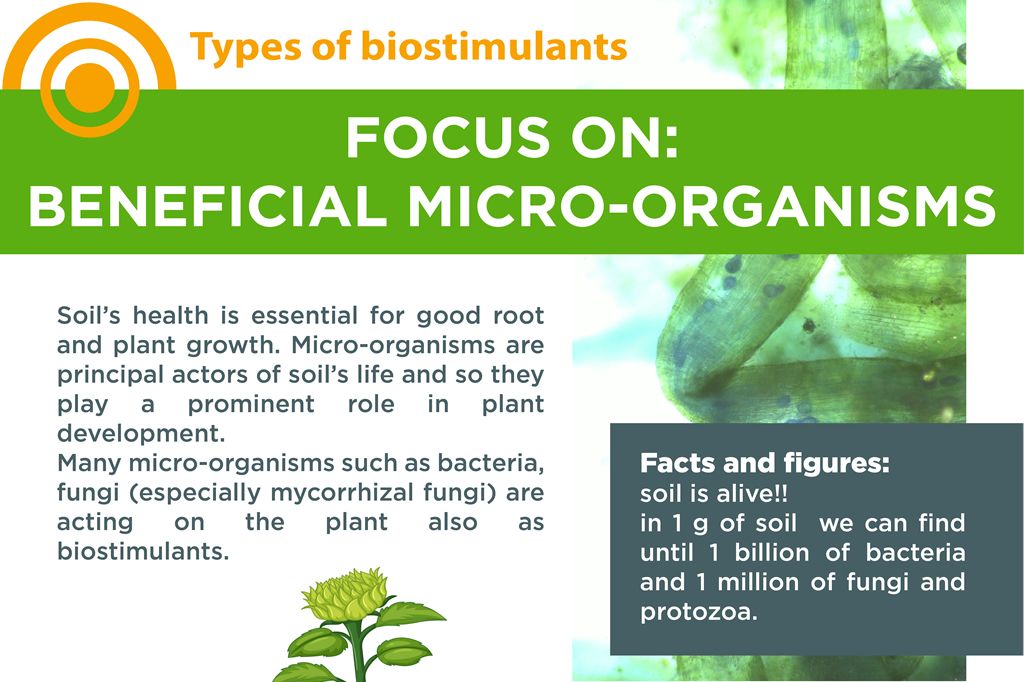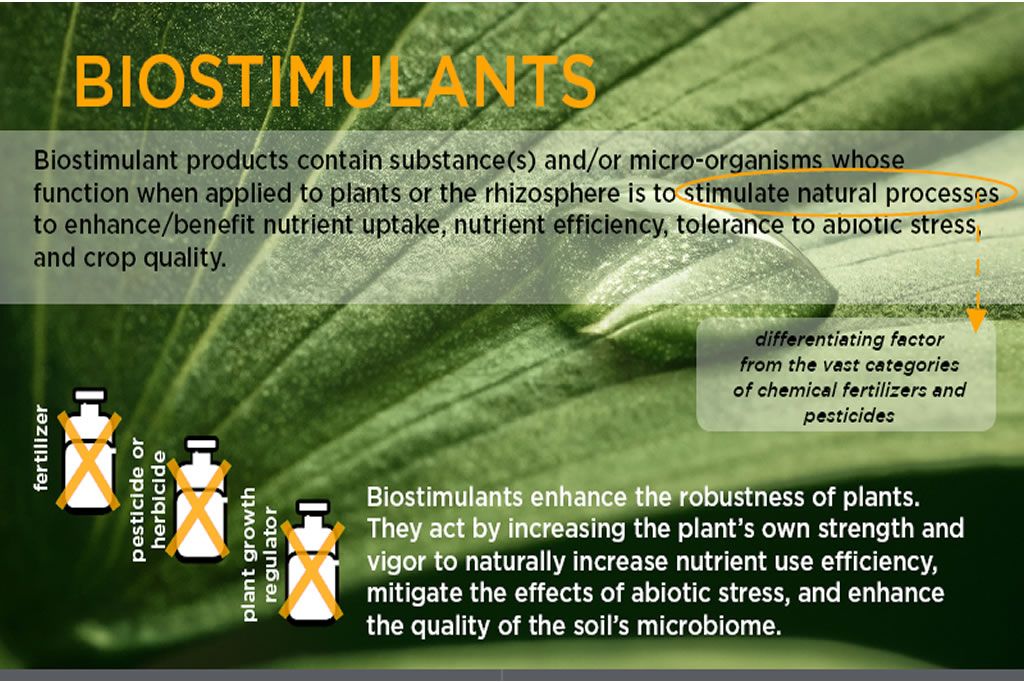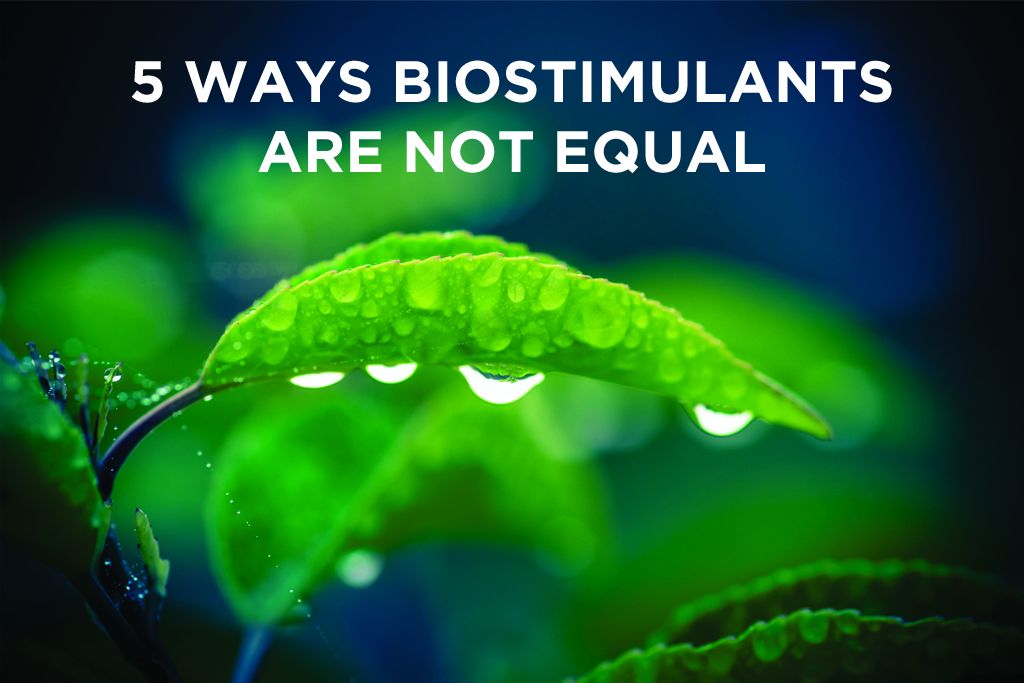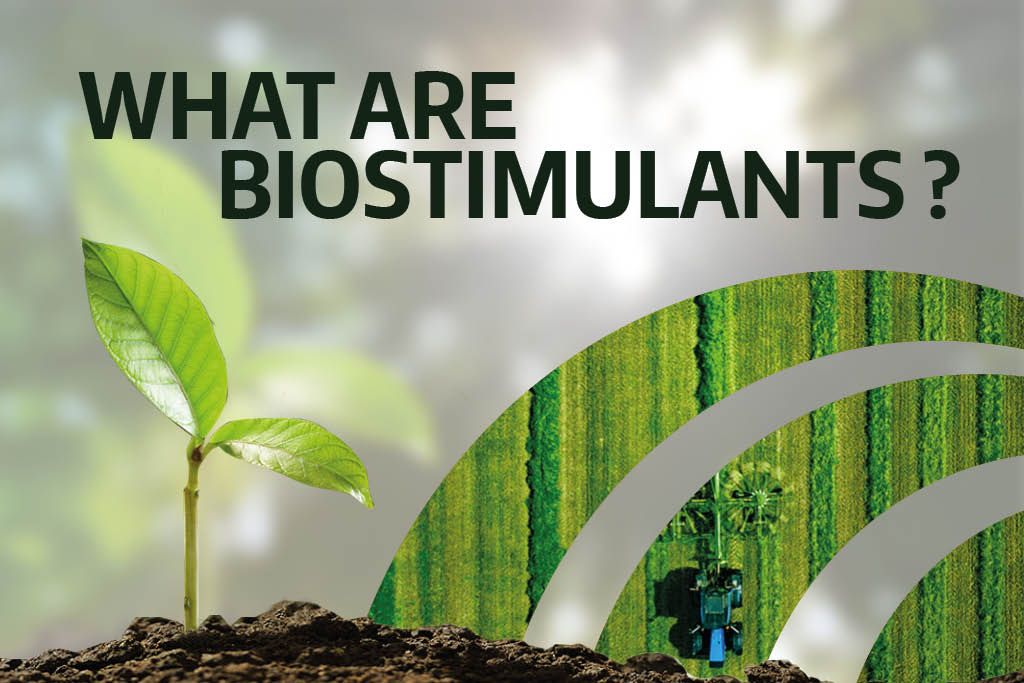BLOG #33
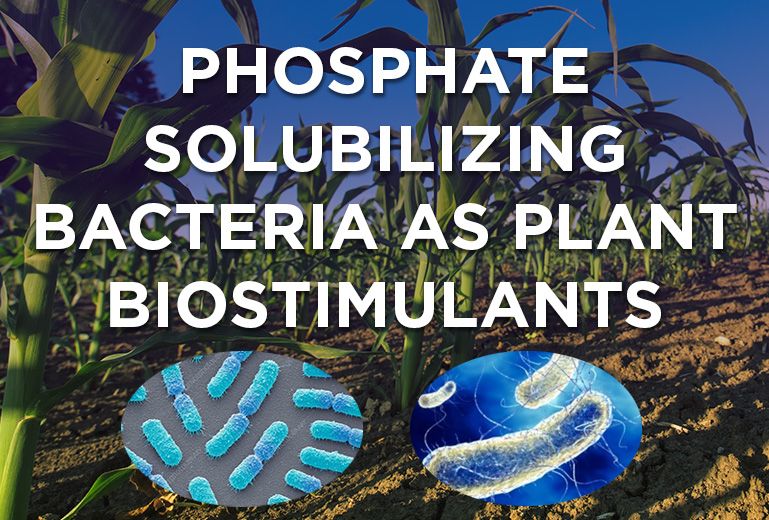
Phosphate solubilizing bacteria as plant biostimulants
Phosphorus (P) is one of the most important macronutrients required for plant development. It accounts for between 0.2 and 0.8% of the dry weight of plants, and it is second only to nitrogen among mineral nutrients most commonly limiting the growth of crops. The availability of phosphorus for plants in the soil is limited because of its fixation as insoluble compounds and even if P fertilizers are applied up to 90% of this phosphorus can become fixed in the soil in insoluble forms (e.g., tricalcium phosphate in calcareous soils), rendering it unavailable for plant uptake. Insoluble soil P can be made available for plant uptake through the action of soil microorganisms, like bacteria, which are able to solubilize inorganic phosphates or mineralize organic pools.
Phosphorus functions in plants
Phosphorus is present in many vital compounds of a plant like DNA and RNA, enzymes, coenzymes, nucleotides, and phospholipids. P is essential in every aspect of plant growth and development, from the molecular level to many physiological and biochemical plant activities including photosynthesis, development of roots, strengthening the stalks and stems, formation of flowers and seeds, crop maturity and quality of crop, energy production, cell division and enlargement and transformation of sugar to starch.
Phosphorus deficiency symptoms in plants
Phosphorus is a mobile element in the plant and, consequently, P deficiency symptoms usually occur first on the lower (older) leaves of the plant in the form of a uniform reddish color (Figure 1).
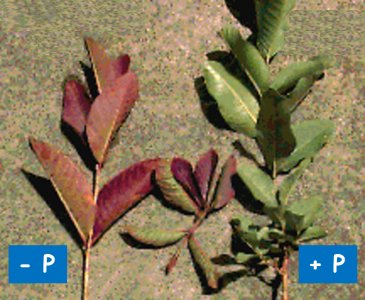
Figure 1: Phosphorus deficiency symptoms
Another symptom of P deficiency is the reduction of root growth which leads to less root mass to reach water and nutrients (Figure 2).
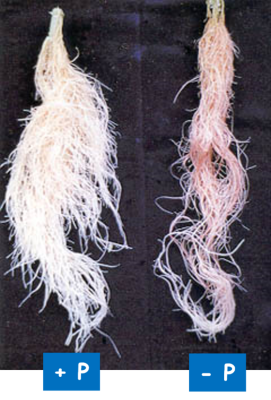
Figure 2 Reduction of root growth due to P deficiency
Availability of phosphorus in the soil
Plant roots mainly take up P in the forms of phosphate anions mainly HPO42− or H2PO4– depending upon soil pH.
Phosphorus is a reactive element and availability of soluble forms in the soil is limited of due to fixation as insoluble compounds. P gets immobilized by cations such as Ca2+ in calcareous or normal soils to form a complex calcium phosphate and with Al3+ and Fe3+ in acidic soils to form aluminum phosphate and ferrous phosphate. These are insoluble forms and consequently unavailable for plant uptake (Figure 3).
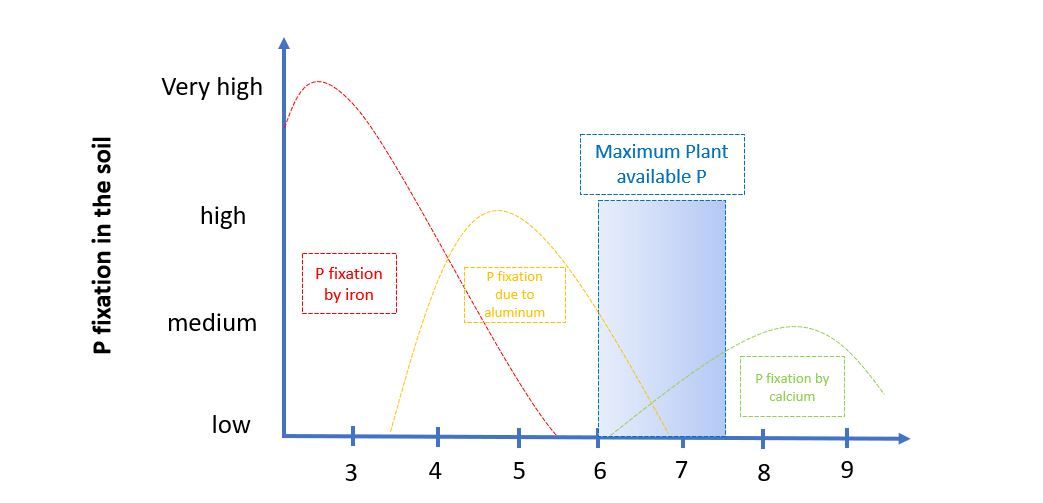
Figure 3: Interaction of soil pH and phosphorus availability
Although application of P fertilizers is usually fundamental to secure crop growth and productivity, application of P fertilizers to the soil may be not enough to satisfy plant needs due to the soil P fixation. It is estimated that usually about 75–90% of the supplied chemical P fertilizer is precipitated and rapidly becomes fixed in soils; the buildup of insoluble P in soil may have a long-term impact on the environment enhancing the risk of eutrophication, soil fertility depletion, and carbon footprint associated with the applications of P fertilizer.
Therefore, it is important to avoid the excessive buildup of P into the soil through the use of appropriate agronomic practices including the enhancement of P solubilizing bacteria.
Phosphate solubilizing bacteria (PSB)
Plant growth promoting rhizobacteria (PGPR) which demonstrate higher P-solubilizing abilities, have been categorized as Phosphate solubilizing bacteria (PSB). This group of bacteria is able to convert organic and inorganic unavailable phosphorus compounds to soluble forms, that can easily be assimilated by plants. Bacterial species belonging to several genera such Pseudomonas spp., Agrobacterium spp., and Bacillus spp., can be used as plant biostimulants to increase P availability and therefore improve phosphorus use efficiency with economic and environmental benefits.
How do PSB make phosphorus available for plants uptake?
1 – Lowering soil pH
The principal mechanism for solubilization of soil P is lowering of soil pH by production of organic acids. In alkaline soils, phosphate can precipitate to form calcium phosphates, including rock phosphate (fluorapatite and francolite), which are insoluble in soil. Their solubility increases with decreases in soil pH. PSB increase P availability by producing organic acids that lowers the soil pH. For example, organic acids such as lactic, malic, acetic, oxalic, and gluconic are produced by different bacterial species such as Serratia sp., Bacillus sp., Enterobacter sp. and Azospirillum sp.
2 – Secretion of P-mineral dissolving compounds
Organic and inorganic acids produced by PSB dissolve the insoluble soil phosphates by chelation of cations and competing with phosphate for adsorption sites in the soil. The hydroxyl and carboxyl groups of the acids chelate the cations bound to phosphate, thereby converting it into soluble forms. Other mechanisms of P solubilizing bacteria include the release of protons and the production of inorganic acids (e.g., sulphuric, carbonic, and nitric acids) and chelating substances such as siderophores.
3 – Mineralization
Organic phosphate contained in plant and animal remains and in soil organic matter is transformed into utilizable form by PSB through process of mineralization. PSB mineralize soil organic P by the production of phosphatases like phytase that hydrolyze organic forms of phosphate compounds, thereby releasing inorganic phosphorus that will be immobilized by plants.

Figure 4 Phosphorus cycle in the soil and role of PSB
Field application of PSB
PSB are promising tools for increasing P content in plants making available the P already contained in the soil in the inorganic and organic pool.
For example, different strains of Bacillus megaterium have been reported to increase soil P solubilization and soil-available P and most notably increased sugarcane yield by 12.6% over an uninoculated control, while allowing for a 25% reduction in P fertilizer application without reducing yields compared to a full P application rate.
In another study, the presence of PSB Micrococcus sp. (strain F3), Pantoea sp. (strain C1) and Pseudomonas (strain F1G) on tomato and corn decreased the pH by 1.89 (from 5.64 to 3.75) on average, compared to the control. In turn, the soluble P concentration increased by 313% on average after PGPB treatment compared to that in the control. The microbes stimulated more shoot growth than root growth especially in tomato than in corn. These strains increased the plant biomass of both species mainly under low P availability rock phosphate fertilizer, these results were related to the ability of PGPB to solubilize P from recalcitrant sources and to the improvement of root traits.
In conclusion, PSB have tremendous potential as plant biostimulants. Solubilizing soil inorganic and organic phosphorus compounds, they increase phosphorus bioavailability for plant use and allow to reduce the use of synthetic fertilizers with economic and environmental benefits. Additionally, they promote plant growth and development by releasing biologically active substances. The use of PSB promotes sustainable agriculture, minimize pollution of waterways and improves soil fertility and thus increases crop productivity.
- Microbial Phosphorus Solubilization and Its Potential for Use in Sustainable Agriculture – Elizabeth T. Alori, Bernard R. Glick and Olubukola O. Babalola (Frontiers in Microbiology – 2017)
- Plant Biostimulants: A Categorical Review, Their Implications for Row Crop Production, and Relation to Soil Health Indicators – Connor N. Sible, Juliann R. Seebauer and Frederick E. Below (agronomy -2021)
- Phosphate Solubilizing Microorganisms: Promising Approach as Biofertilizers – Girmay Kalayu (International Journal of Agronomy – 2019)
- Phosphate bacterial solubilization: A key rhizosphere driving force enabling higher P use efficiency and crop productivity – Wissal Elhaissoufi, Cherki Ghoulam, Abdellatif Barakat, Youssef Zeroual, Adnane Bargaz (Journal of Advanced Research – 2022)
- Growth-promoting bacteria and arbuscular mycorrhizal fungi differentially benefit tomato and corn depending upon the supplied form of phosphorus (Mychorriza – 2019)



